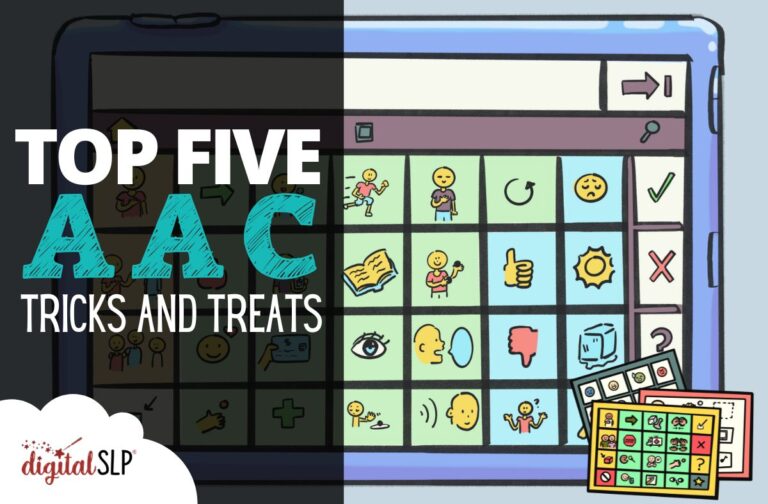A client recently asked about my approach when dealing with fluency disorders, so I’ve decided to outline that here today. I feel very strongly about attacking stuttering using three different techniques: stuttering modification, fluency enhancement, and confronting fears. I think it is important to use each one of these techniques, and I really don’t think treatment can be successful if you leave out one of these components.
I think stuttering modification is important because you need to have a plan of attack when disfluencies occur. And yes, it is important to remember that disfluencies will continue to occur. In my opinion, a goal of perfection (being fluent 100% of the time) sets the stage for failure. Goals must be realistic!
Secondly, I think there are many fluency enhancement techniques that work well for many. Obviously, a major goal of a person who stutters is to become more fluent, so finding the techniques that work best for him or her will be very important in attaining success.
Lastly, (and probably the biggest component) is dealing with anxiety and conquering fears. While I do not believe that anxiety causes stuttering, I do believe it can definitely exacerbate stuttering. It can be very freeing when a person who stutters “makes peace” with their fluency disorder. That can be one of the most important and successful components to their speech therapy program.
Stuttering Resources:













Recent Comments